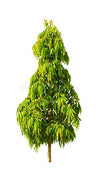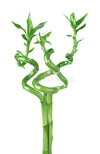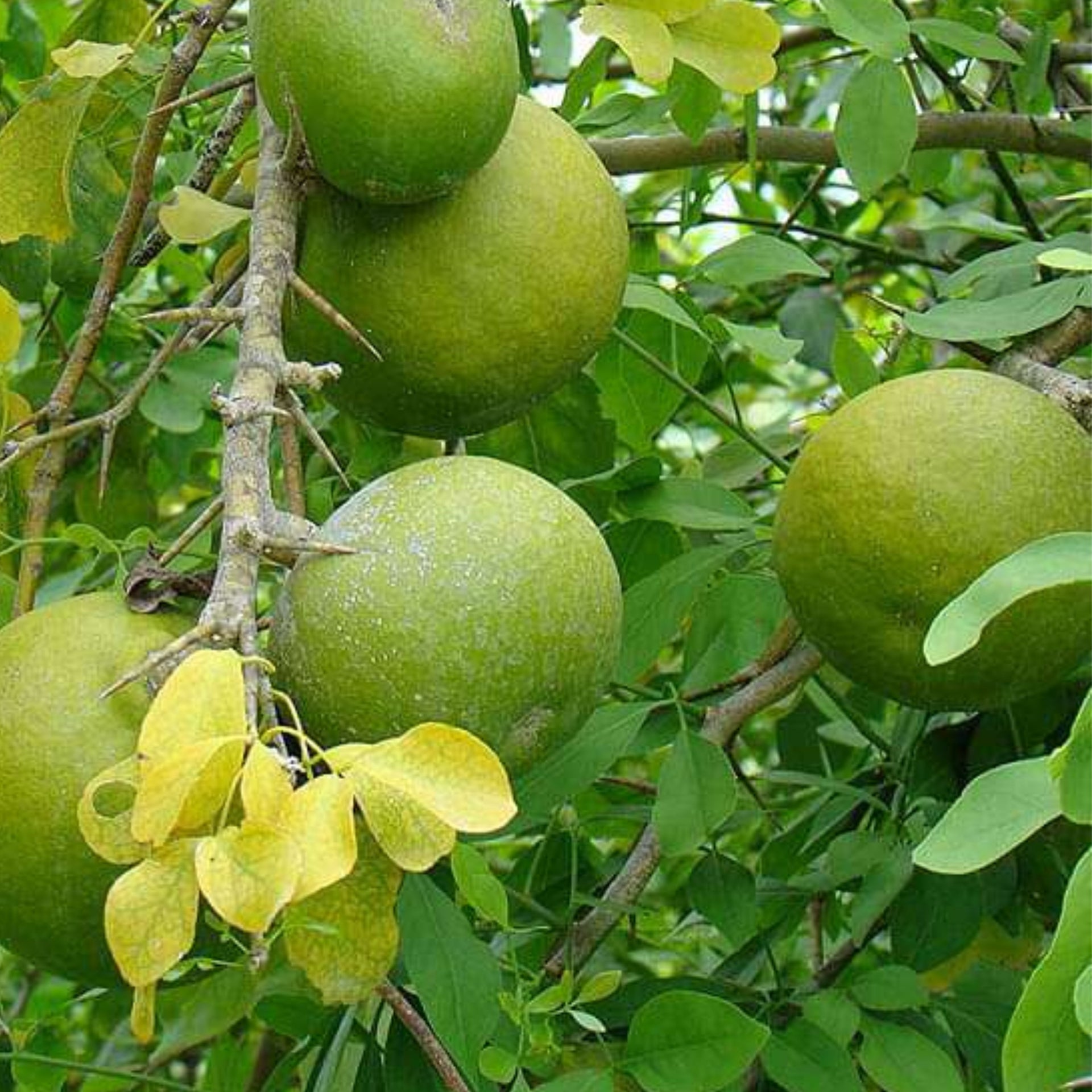
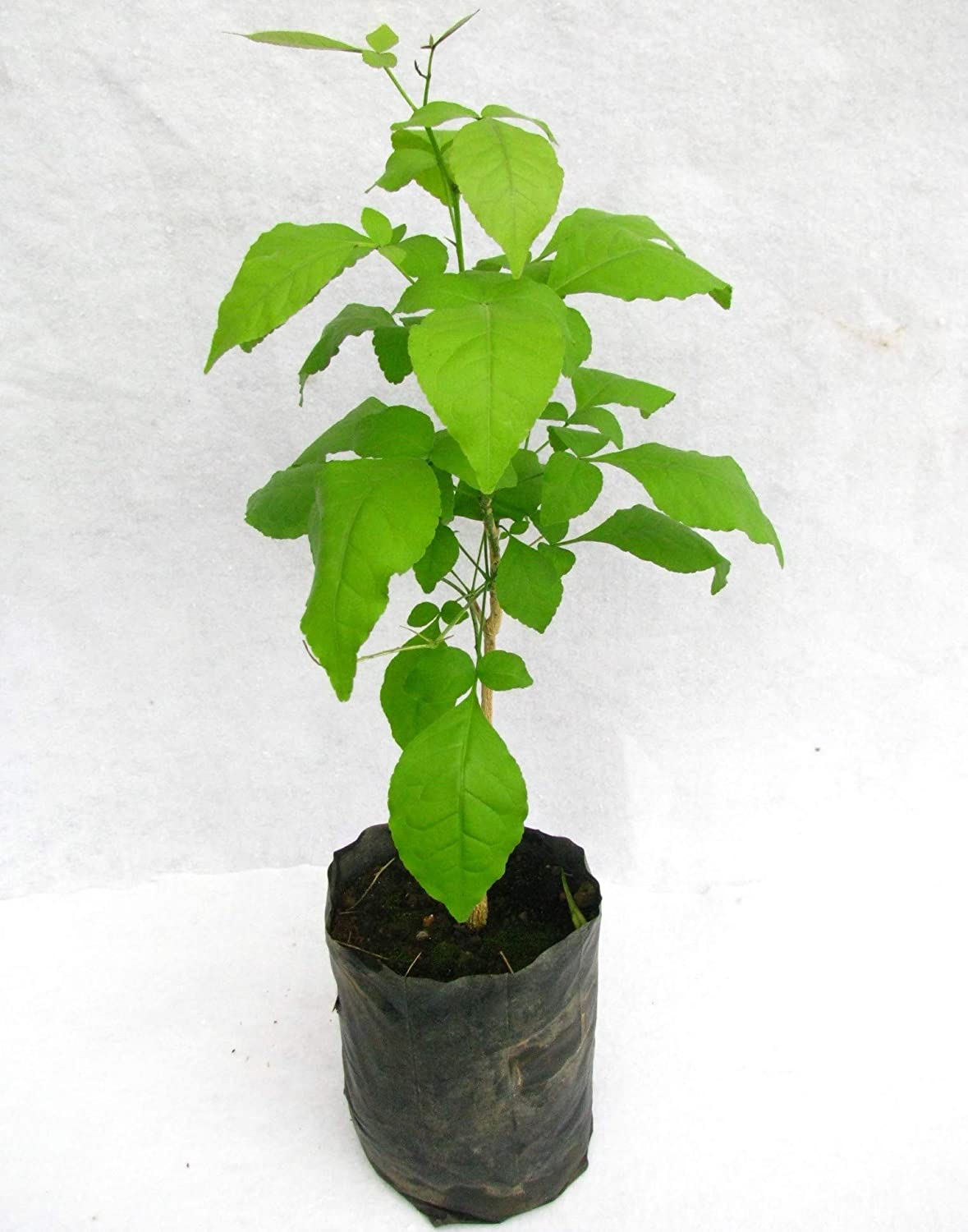
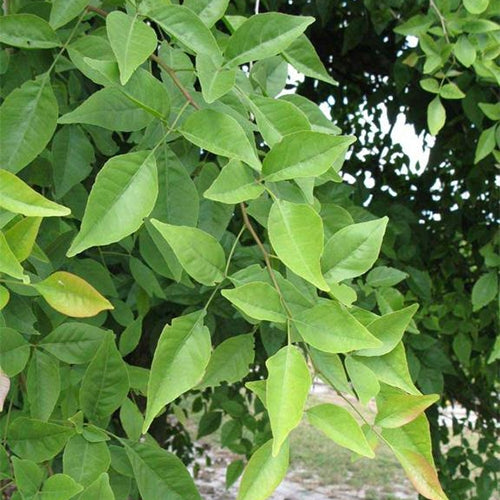
The Divine Healing Power of Aegle
Marmelos: Unveiling the Secrets of the
Bael Plant
In the realm of botanical treasures, the Aegle marmelos plant, commonly known as the Bael plant, stands as an embodiment of nature's profound healing prowess. This unassuming, deciduous tree, native to the Indian subcontinent and parts of Southeast Asia, has earned its place in traditional medicine and folklore for its remarkable health benefits. Let's embark on a journey to explore the secrets and significance of this remarkable botanical wonder.
The Botanical Marvel: Aegle Marmelos
Appearance and Habitat
- Aegle marmelos is a medium-sized tree that can reach up to 40 feet in height.
- Its distinctive features include aromatic leaves, thorny branches, and a grayish-brown bark.
- The tree bears fragrant, bell-shaped flowers, and its fruit, which is the most renowned part, resembles a large, woody citrus fruit.
- Inside the fruit are numerous seeds encased in a sweet, aromatic pulp.
- This resilient tree thrives in a variety of climates, from arid to tropical, and can be found across a wide geographical range, including India, Bangladesh, Sri Lanka, Myanmar, and Thailand.
Cultural and Historical Significance
- The Bael tree holds immense cultural and religious significance in India.
- It is often associated with Lord Shiva, one of the principal deities in Hinduism.
- According to Hindu mythology, Lord Shiva is believed to reside beneath the Bael tree, making it a sacred symbol of his divine presence.
- Consequently, the leaves, fruits, and roots of the tree are used in various religious rituals and ceremonies.
Medicinal Marvels of Aegle Marmelos
1. Digestive Health
- Aegle marmelos has earned its reputation as a digestive tonic.
- The ripe fruit is frequently used to make a traditional beverage known as "Bael sharbat" or "Bael juice."
- This natural remedy is known for its ability to soothe various gastrointestinal issues, such as indigestion, constipation, and diarrhea.
- The high fiber content in the pulp aids in regulating bowel movements and promoting overall digestive health.
2. Immunity Booster
- The Bael plant is packed with essential nutrients, including vitamins A, B, and C, as well as minerals like potassium and calcium.
- These nutrients play a crucial role in strengthening the immune system and warding off infections.
- Regular consumption of Bael juice is believed to boost immunity and help the body fight diseases.
3. Antioxidant Properties
- The antioxidants present in Aegle marmelos combat oxidative stress in the body.
- These compounds protect cells from damage caused by free radicals and may help in reducing the risk of chronic diseases, including cancer and heart disease.
4. Respiratory Health
- In traditional medicine, Bael leaves and the oil extracted from them are used to alleviate respiratory ailments such as asthma and bronchitis.
- The leaves are either chewed or brewed into a tea to provide relief from congestion and inflammation of the respiratory passages.
5. Diabetes Management
- Recent research has explored the potential of Aegle marmelos in managing diabetes.
- Some studies suggest that the plant may help regulate blood sugar levels, making it a promising natural remedy for individuals with diabetes.
Harvesting and Sustainability
- While the Bael tree offers numerous benefits, it's essential to harvest its fruits and leaves sustainably.
- Overharvesting can deplete these valuable resources.
- Conservation efforts and responsible harvesting practices are crucial to ensure the continued availability of Aegle marmelos for future generations.
- In conclusion, the Aegle marmelos plant, or Bael plant, is a botanical marvel with a rich history of healing and cultural significance.
- From its use in traditional medicine to its sacred place in Hindu rituals, this tree embodies the deep connection between nature and human well-being.
- As we continue to explore the secrets of this remarkable plant, we gain not only a deeper understanding of its potential but also a profound appreciation for the wonders of the natural world.
Unlocking the Secrets of Cultivating Aegle Marmelos:
A Guide to Growing the Sacred Bael Tree
The Aegle marmelos, commonly known as the Bael tree, is a revered and sacred plant in many cultures across Asia. Not only is it revered for its spiritual significance, but it also offers a plethora of practical benefits. From its nutritional fruits to its medicinal leaves, the Bael tree has been cherished for generations. If you're intrigued by the idea of nurturing this remarkable plant, this guide will walk you through the art of growing Aegle marmelos.
Understanding the Aegle Marmelos Plant
- Before diving into the cultivation process, let's get to know the Aegle marmelos better.
- This deciduous tree belongs to the family Rutaceae and is native to India.
- It's known by various names such as Bael, Bengal Quince, and Wood Apple.
Here are some key characteristics:
Distinctive Appearance:
The Bael tree typically reaches a height of 8-10 meters, with long, spiny branches. The leaves are trifoliate, resembling citrus leaves, and the fruits are round with a woody shell.
Spiritual Significance:
In Hinduism, the Bael tree is considered sacred and is often found near temples. Lord Shiva is believed to reside in this tree, making it a symbol of divinity.
Medicinal Uses:
The Bael tree has a long history of medicinal use. Its leaves, roots, and fruits are used in Ayurvedic and traditional medicine for treating various ailments.
Now that we're acquainted with this extraordinary tree let's explore how to grow it successfully.
Selecting the Right Location
Choosing the right spot to plant your Bael tree is crucial for its healthy growth. Here's what you need to consider:
Climate:
Bael trees thrive in tropical and subtropical climates. They prefer full sun but may tolerate little shade.
Soil:
Well-drained, sandy loam soil is ideal. Ensure good drainage to prevent waterlogging, as Bael trees are sensitive to overly wet conditions.
Space:
These trees can become quite large, so make sure you have enough space for their growth. Plant them at a distance of at least 10-15 feet apart.
Planting Your Bael Tree
Once you've found the perfect spot, it's time to plant your Bael tree:
Choose Healthy Saplings:
Opt for young, healthy saplings from a reputable nursery. These are usually easier to establish in a new environment.
Dig a Proper Hole:
Dig a hole that is twice as wide as the root ball and just as deep. Add organic compost to the soil for better nutrient retention.
Plant Care:
Water the tree generously after planting. Mulch the base to conserve moisture and control weeds.
Caring for Your Bael Tree
Bael trees require consistent care to flourish:
Watering:
Young Bael trees need regular watering. Keep the soil consistently moist but not waterlogged. The tree grows increasingly drought-tolerant as it matures.
Pruning:
Prune your tree to maintain its shape and remove dead or diseased branches. This also encourages better fruit production.
Fertilization:
Fertilize your Bael tree with organic, well-balanced fertilizer during the growing season (spring and summer). Overfertilization may be detrimental to the tree.
Pest and Disease Control:
Bael trees are generally resistant to pests and diseases, but it's still important to monitor them for any issues. Neem oil or organic pest control methods can be used if necessary.
Harvesting Bael Fruits
The fruits of the Bael tree are the most prized part. They are ready for harvest when they turn yellowish-green and emit a sweet aroma. Simply twist or cut the fruit from the tree.

